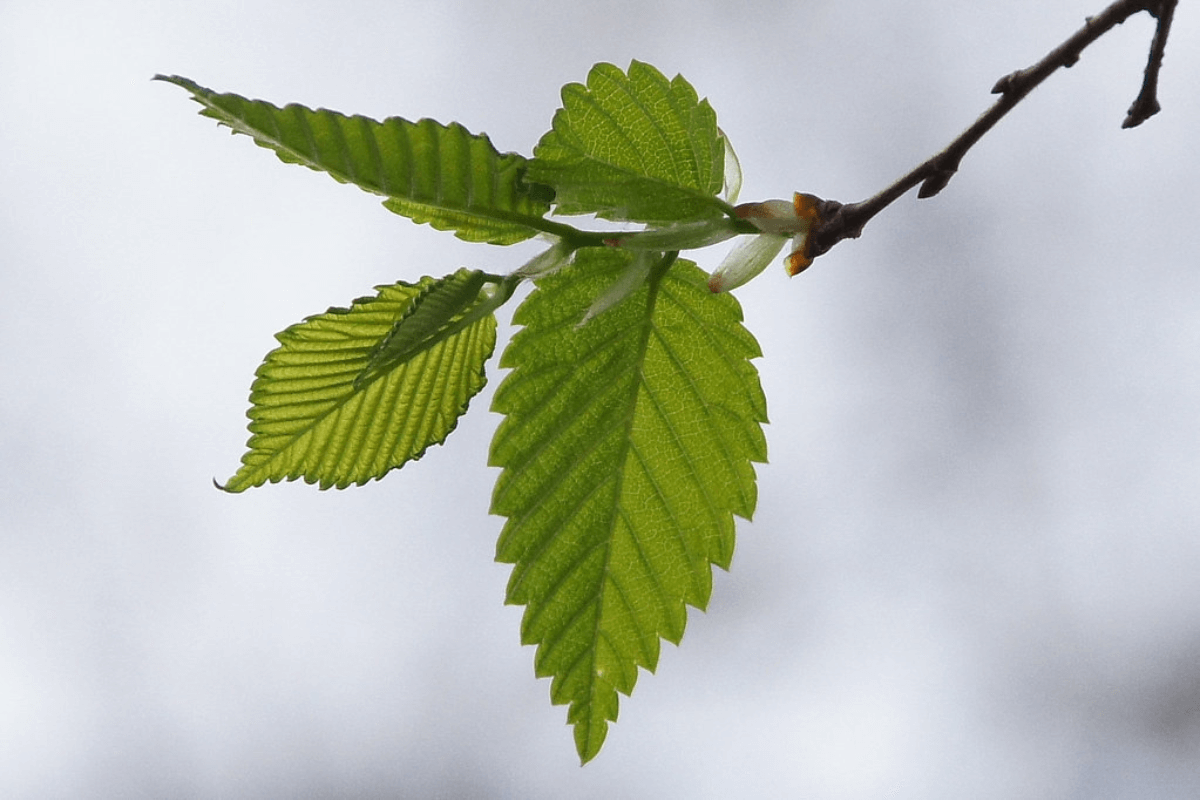Slippery elm, derived from the inner bark of the Ulmus rubra tree, has been a trusted herbal remedy for centuries, particularly among Native American tribes. Renowned for its soothing properties, slippery elm is commonly used to alleviate sore throats, digestive issues, and a variety of other ailments. The tree’s bark contains mucilage, a gel-like substance that becomes slippery when mixed with water, providing a protective coating to irritated tissues.
This remarkable herb is not only effective for soothing sore throats but also supports digestive health by easing symptoms of conditions like irritable bowel syndrome (IBS) and heartburn. Additionally, slippery elm may aid in reducing inflammation and promoting overall wellness.
In this article, we will explore the diverse benefits of slippery elm, examining its historical uses, health advantages, and practical applications. Discover how this gentle yet powerful remedy can be a valuable addition to your natural health toolkit, helping you find relief from discomfort and support your body’s healing processes.
Ulmus Fulva
Slippery Elm ( Ulmus fulva ) has been used as an herbal remedy in North America for centuries. Native Americans used Slippery Elm in healing salves for wounds, boils, ulcers, burns, and skin inflammation. Antiseptic poultices made from the mucilage or gummy secretion from the bark were applied to infected wounds. In particular, the Cherokee used Slippery Elm for coughs, skin conditions, and as an eye wash. At Valley Forge George Washington’s Army was kept alive by eating the inner bark of the Slippery Elm Tree, it is a very nutritive tonic.
Slippery Elm is one of the most mucilaginous herbs known, which makes it one of the best bases for a poultice. Along with its ability to form a poultice, it is a demulcent (softens and soothes inflamed tissues, externally and internally), an emollient (as well as softening and soothing, it protects), and a vulnerary (protects against infection and stimulates cell growth).
Slippery Elm Bark – Get Yours Here.

Used as a poultice Slippery Elm’s emollient, demulcent, and vulnerary powers can help heal wounds, ulcers, and other inflamed skin problems. It can also be used to good effect for gangrenous wounds, suppurating sores, and bed sores by adding equal parts of Echinacea and Comfrey root powders to the poultice.
A great poultice for cancer is 50% Slippery Elm as a base, plus Garlic, Red Clover, Poke Root, and Cayenne. You add distilled water to this and mix until you get a slightly dry dough-like consistency which will stick to the skin.
Organic Slippery Elm Bark Powder – Get Yours Here.
Another area where Slippery Elm excels as a healer is in the gastrointestinal system. Slippery Elm can neutralize stomach acid. If you suffer from ulcers in the stomach or intestines it can bring soothing relief as well as nutrition. If you have irritation in the bowel area Slippery Elm can be used orally, or as a bolus, suppository, or added to enemas.
Slippery Elm can also help heal problems in the pulmonary areas of the body such as sore throat, coughs, bleeding from the lungs, and other lung problems.
Slippery elm is also considered a wholesome nutritional food

Similar in texture to oatmeal and can be prepared as a porridge. Consumed three times per day, “elm food” may be a good source of nutrients. Because it is gentle and easily digested, it is well tolerated by people with gastritis and other forms of intestinal problems. Mix distilled water with the herb until you have a thick porridge consistency. You can add cinnamon, and honey good to give even to infants when they have difficulty in keeping food down or to someone who has a wasting disease.
Slippery Elm is also excellent as part of a Bowel Detox formula: Slippery Elm Bark, Psyllium Seed, Psyllium Husk, Bentonite Clay, Flax Seed, Apple Pectin, Marshmallow Root, Fennel Seed, Activated Willow Charcoal.
The above formula is used to cleanse, purify, and detoxify the colon, bowel, and intestines. Soothing and strengthening the entire intestinal tract.
One Of The 4 Herb
Slippery elm is also one of four herbs included in a popular therapy called essiac that is promoted for cancer treatment. This remedy was developed by a nurse in Canada in the early 1930s. Later, the formula was expanded from its original inclusion of slippery elm, burdock root, sheep sorrel, and Turkish rhubarb to also include red clover, watercress, blessed thistle, and kelp. Today reports state that there are over 40 variations of these herbal combination remedies on the market, without scientific proof that any of them work.
Linking Slippery Elm to TheHerbProf.com
Slippery elm is a remarkable tree with numerous medicinal uses, and at TheHerbProf.com, we’re all about exploring these uses! Here’s how our website and this subject harmonize:
- Elm Essentials: We provide comprehensive information about slippery elm, its medicinal properties, and its uses in herbal medicine.
- Herbal Highlights: Our site offers insights into how slippery elm can be incorporated into your herbal regimen.
- Safety Measures: We guide you on how to use slippery elm safely and effectively.
- Health and Wellness: Our focus is on promoting overall health and wellness, and slippery elm plays a crucial role in this.
- Community Connection: Connect with others who are interested in slippery elm and share your experiences.
So, whether you’re a slippery elm enthusiast or just starting your herbal journey, TheHerbProf.com is your trusted guide. Remember, stay curious and stay healthy!
References:
Little Herb Encyclopedia, by Jack Ritchason; N.D., Woodland Publishing Incorporated, 1995
The Ultimate Healing System, Course Manual, Copyright 1985, Don Lepore
Planetary Herbology, Michael Tierra, C.A., N.D., Lotus Press, 1988
Handbook of Medicinal Herbs, by James A. Duke, Pub. CRP Second Edition 2007
The Complete Medicinal Herbal, by Penelope Ody, Published by Dorling Kindersley

